Our transit of the Panama Canal took place on Wednesday 2nd of April, 2025. We were passengers on the Norweigan Joy cruise ship. We transited from the Atlantic Ocean through to the Pacific Ocean.
An overview of the Panama Canal
Our journey through the Panama Canal began with excitement and curiosity about one of the world’s greatest engineering wonders. The canal, stretching approximately 50 miles (80 kilometres), connects the Atlantic and Pacific Oceans, saving ships a journey of about 8,000 nautical miles. It features a series of locks, lakes, and channels allowing ships to cross from ocean to ocean. The typical transit takes 8 -10 hours, but ours took 17 hours due to tides!
Fact: Around 14,000 ships pass through the canal each year
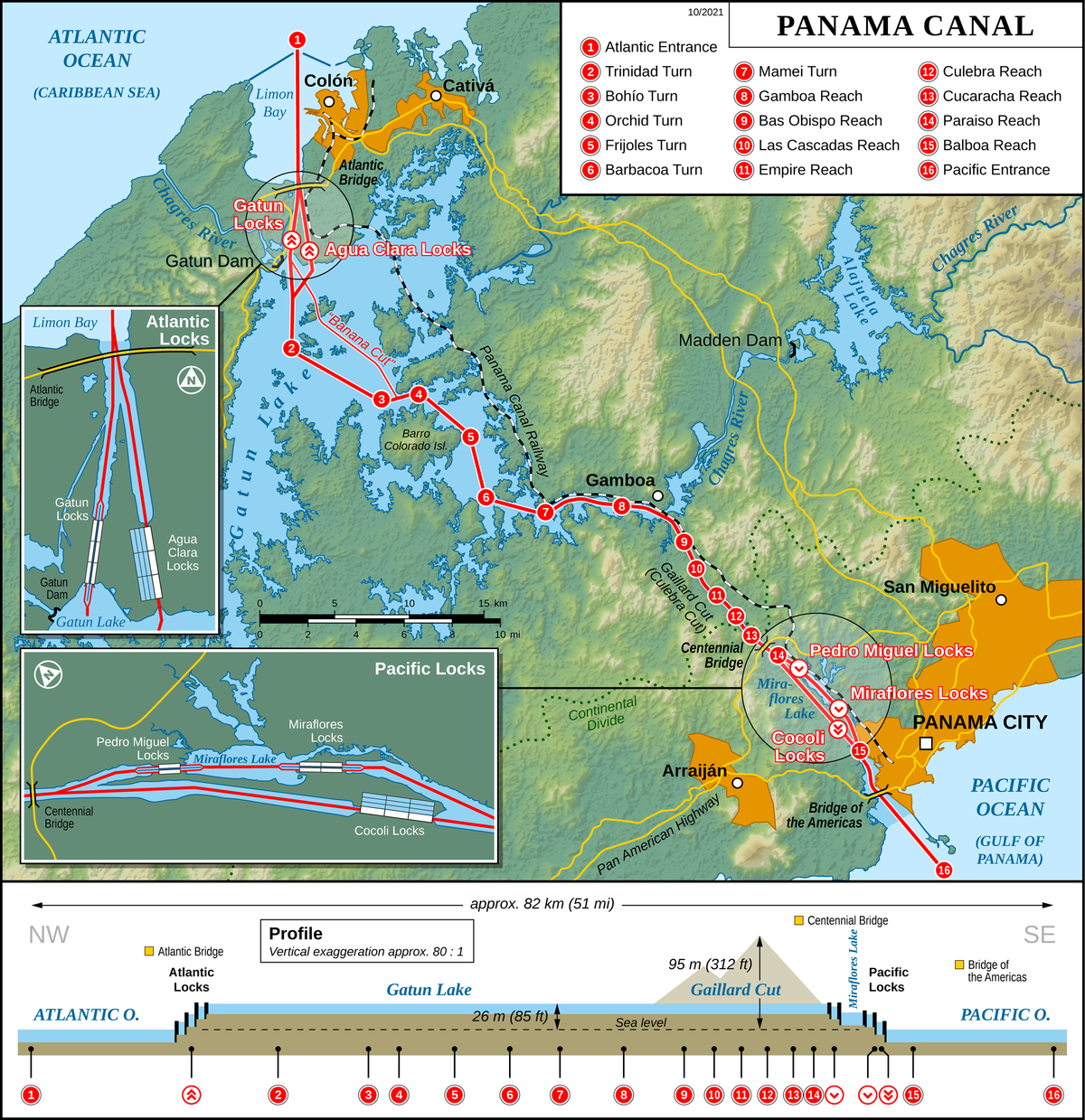
Map of Panama Canal, courtesy of Wikipedia
A brief history of the Panama Canal
The idea of connecting the oceans through Panama dates back to the Spanish in the 16th century, who first scouted the region for a potential canal but deemed it impossible due to the nature of the terrain. Centuries later, in the late 19th century, the French attempted to construct the canal but failed due to financial difficulties and devastating outbreaks of diseases such as malaria and yellow fever.
In 1904, the United States took over the project, successfully completing the canal in 1914. The canal remained under U.S. control until it was handed over to Panama in 1999.
Fact: Over 25,000 workers lost their lives during construction due to accidents and diseases.
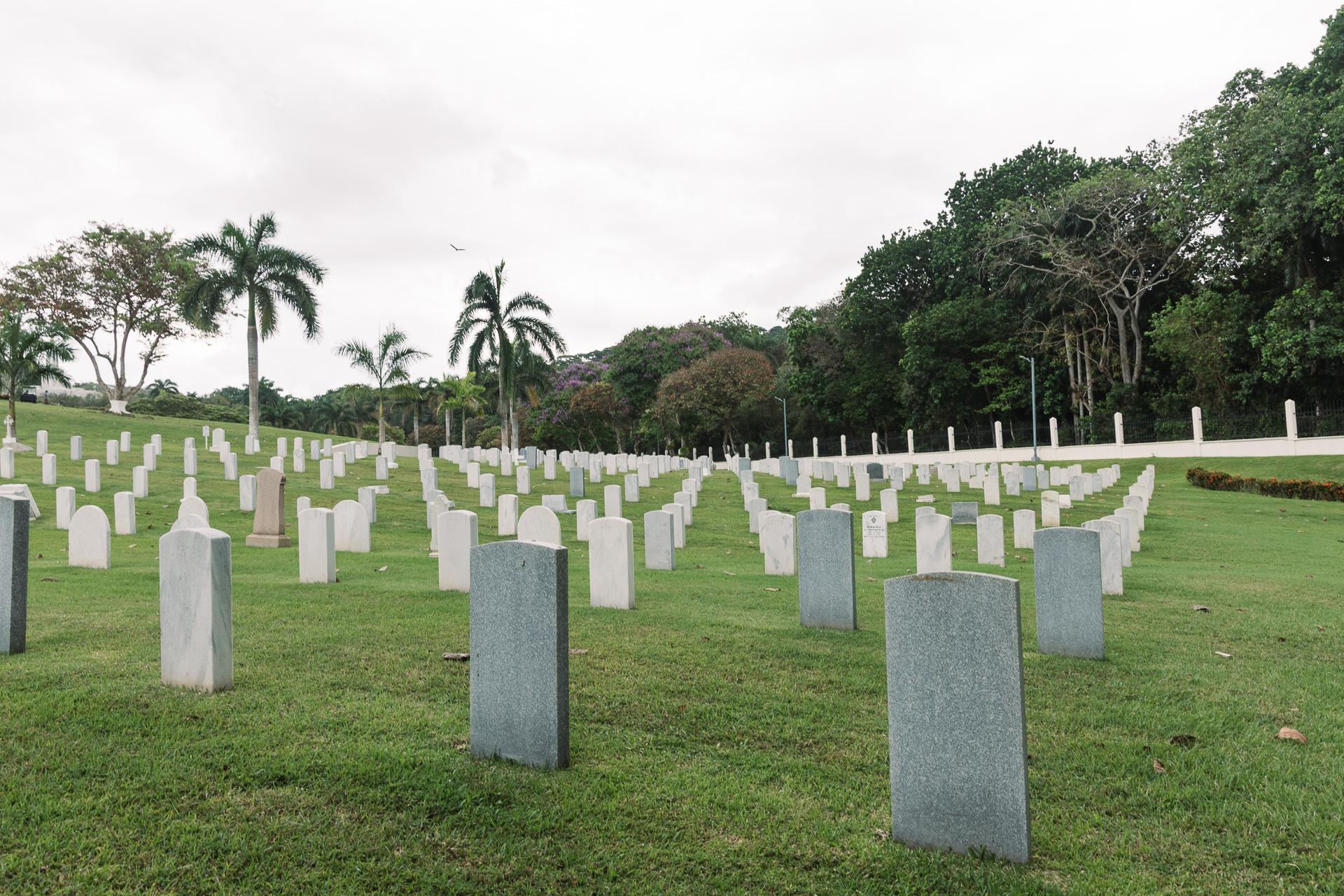
Corozal American Cemetery and Memorial
Canal operations today
Today, the Panama Canal is proudly operated by Panama through the Panama Canal Authority (Autoridad del Canal de Panamá – ACP). Pricing for canal passage is standardised and based on vessel type, size, cargo, and passenger count. Fees can range significantly, with larger ships paying hundreds of thousands of dollars for a single passage.
Fact: The highest fee ever paid for canal passage was around $1.2 million by a container ship in 2019.

A vessel heading for Gatun Locks
Dawn under the Atlantic Bridge
Our day began early at 6:30 am, greeted by the spectacular sight of sunrise painting the sky as we sailed under the impressive Atlantic Bridge. Connecting the North American continent to South America, this modern marvel symbolised the beginning of our journey.
Fact: The Atlantic Bridge opened in 2019 and is the third bridge spanning the Panama Canal.
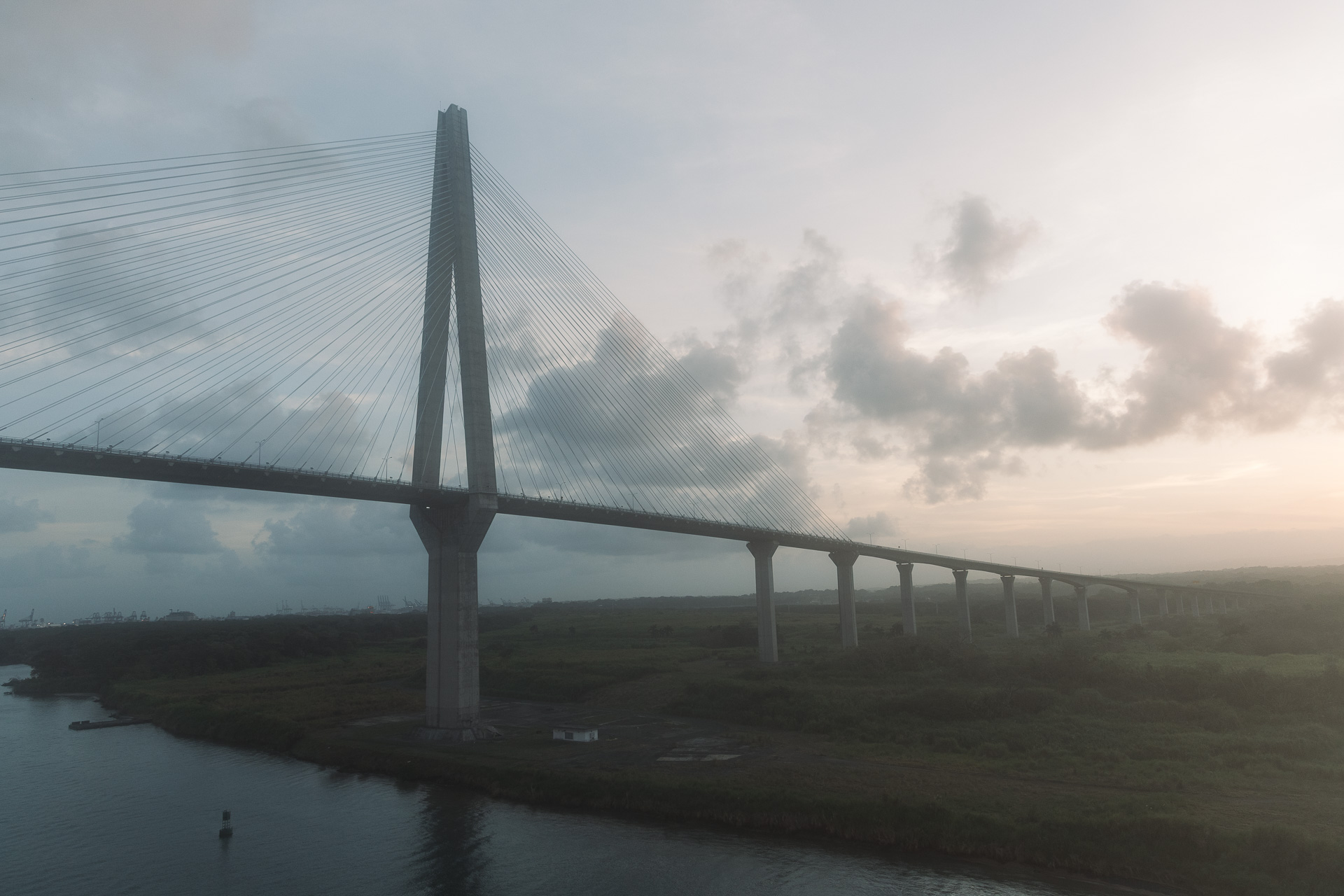
The Atlantic Bridge, just after sunrise.
Entering the Agua Clara Locks
Shortly after sunrise, we approached the Agua Clara Locks, our gateway into the Panama Canal. Witnessing these enormous locks in action is mesmerising—watching millions of gallons of water lift the ship approximately 85 feet (26 metres) above sea level.
Fact: Agua Clara Locks are part of the canal’s recent expansion, completed in 2016 to accommodate larger, Neo-Panamax vessels.
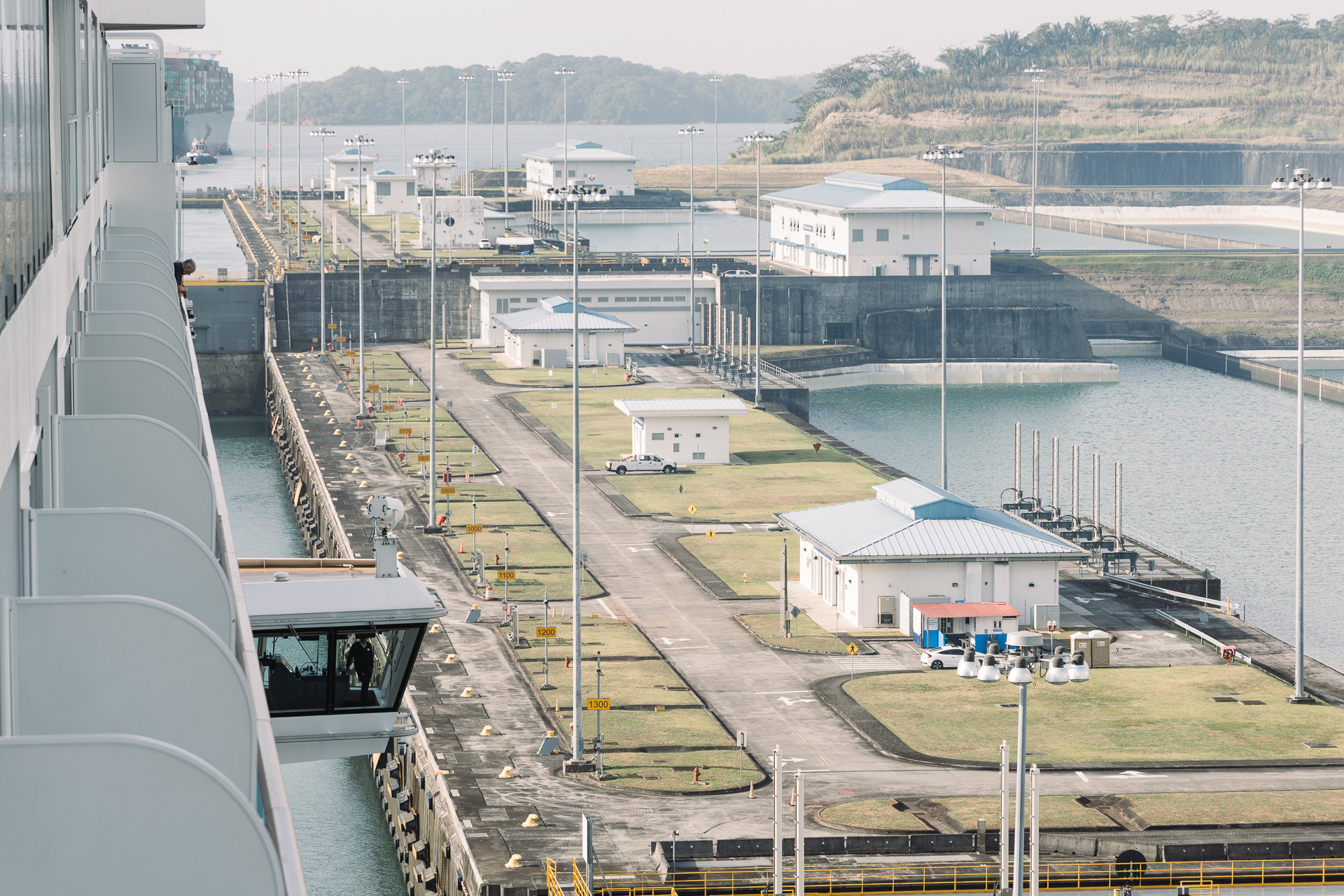
The Agua Clara Locks and lateral tanks (water-saving basins).
Peaceful Pause on Gatun Lake
Emerging from the locks, we entered Gatun Lake, a serene, freshwater lake surrounded by lush rainforest. Here we paused for several hours, taking in the tropical surroundings and the rich biodiversity visible from the deck. We needed to time the tide on the other side, so we remained there for a few hours. Our canal pilots disembarked, these are provided by the Panama Canal and are mandatory. We later received new pilots when we were ready to head off again.
Fact: Gatun Lake was once the largest artificial lake in the world when it was created between 1907 and 1913.

Gatun Lake, the islands would have previously been hill tops.
Cruising the Historic Culebra Cut
Continuing our journey, we navigated the narrow, historic Culebra Cut, a dramatic stretch of the canal carved directly through mountains and dense jungle. The scale and significance of this engineering feat became clear as we traversed this iconic passage.
Fact: Excavating the Culebra Cut was one of the most challenging parts of the canal’s construction, requiring millions of tonnes of earth and rock removal.

The Culebra cut, one-way traffic only!
Passing Under the Majestic Centennial Bridge
The Centennial Bridge marked the midpoint of our transit, another dramatic landmark towering above us, offering a striking contrast against the vibrant jungle backdrop.
Fact: The Centennial Bridge opened in 2004, commemorating Panama’s centenary of independence.

The Centennial Bridge.
Descent Through the Cocoli Locks
Approaching the Pacific side, we descended via the Cocoli Locks. It was fascinating to watch the ship gradually lower, a precise dance controlled by the skilled canal workers.
Fact: The Cocoli Locks, part of the recent canal expansion, mirror the Agua Clara Locks, handling the larger Neo-Panamax vessels.

Cocoli Locks tower, preparing for the descent.
Awaiting the Pacific Tide
Near the end of our journey, we waited patiently as the ship required optimal tide conditions to clear beneath the famous Bridge of the Americas. This brief interlude provided time to reflect on the day’s experiences, surrounded by panoramic views as dusk approached.
Fact: The Bridge of the Americas, completed in 1962, was the first permanent bridge connecting North and South America across the canal.
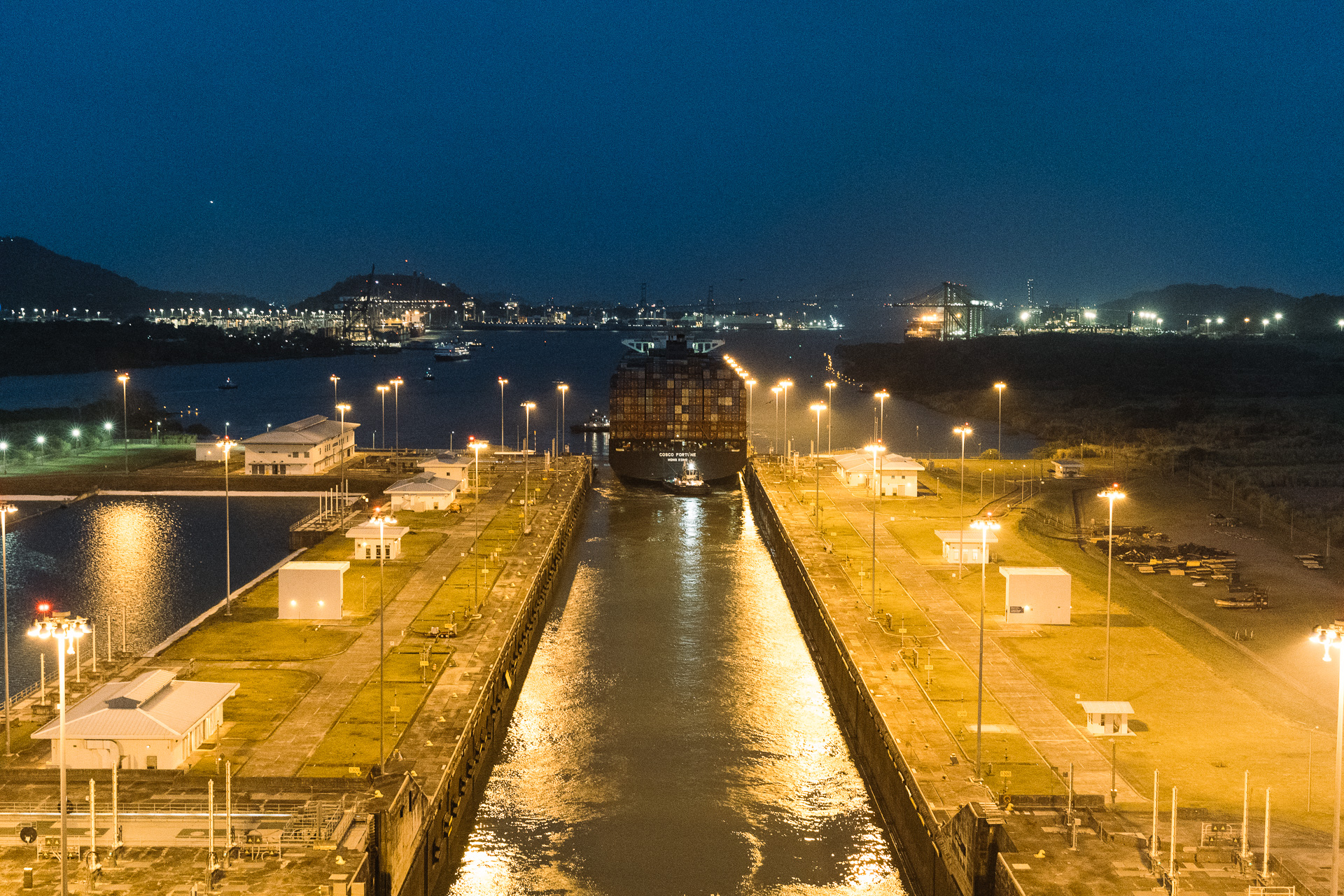
Heading out into the Pacific, the last of the locks.
Midnight Arrival in Panama City
Our incredible day concluded as we finally sailed under the Bridge of the Americas into the Pacific Ocean, docking in Panama City at midnight. The glittering cityscape provided a beautiful ending to a memorable transit through one of the world’s greatest engineering achievements.
Fact: Panama City, founded in 1519, is the oldest continuously occupied European settlement on the Pacific coast of the Americas.
Read more in our comprehensive trip report here: Trip Report: NCL Norwegian Joy Panama Canal cruise (Part I: Days 1-5)
Traversing the Panama Canal was a unique privilege, rich with history, engineering marvels, and breathtaking scenery—an experience every traveller should seek out.
Highlights from the day
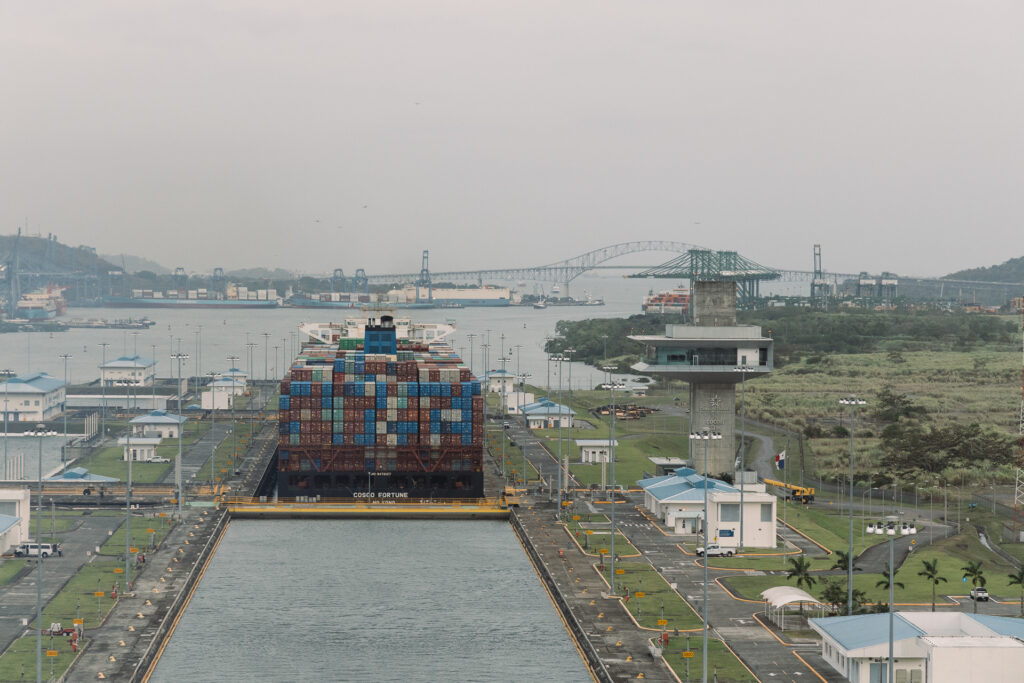
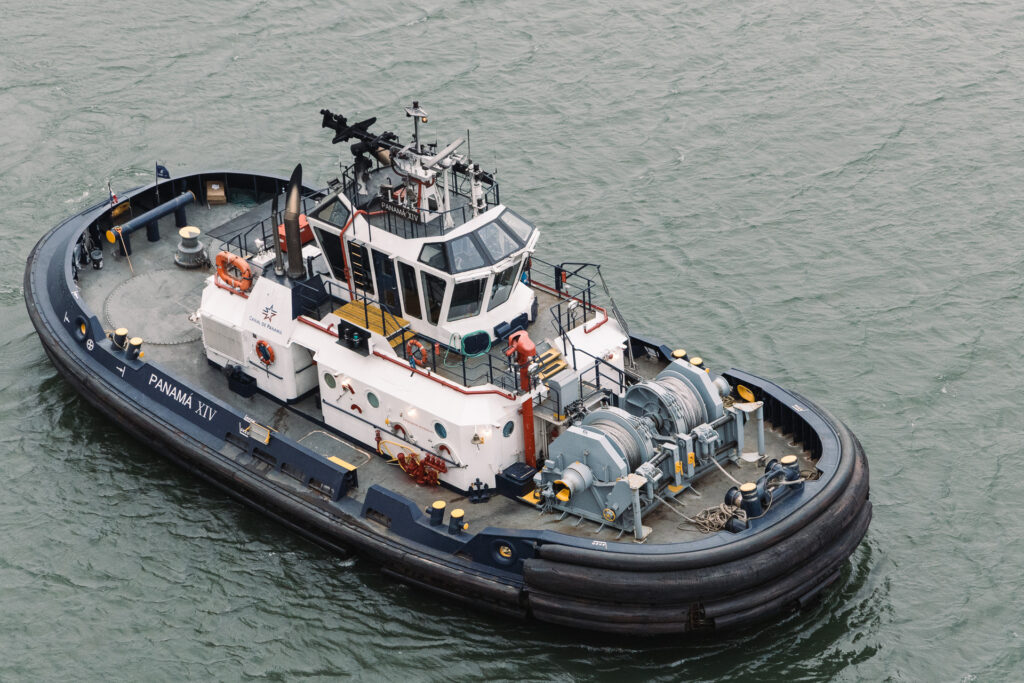
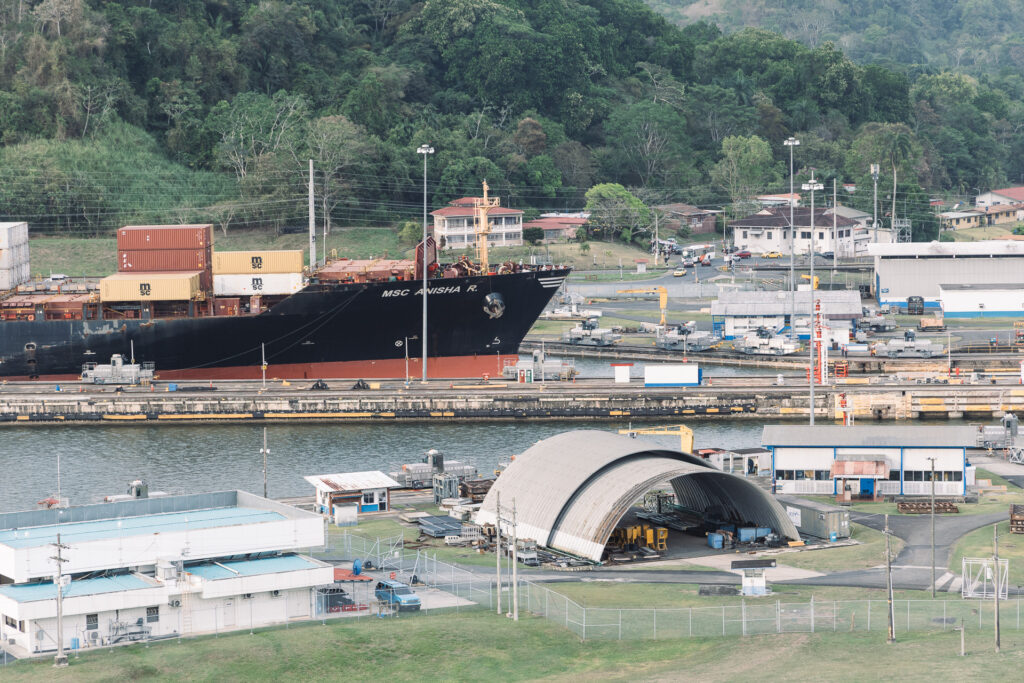
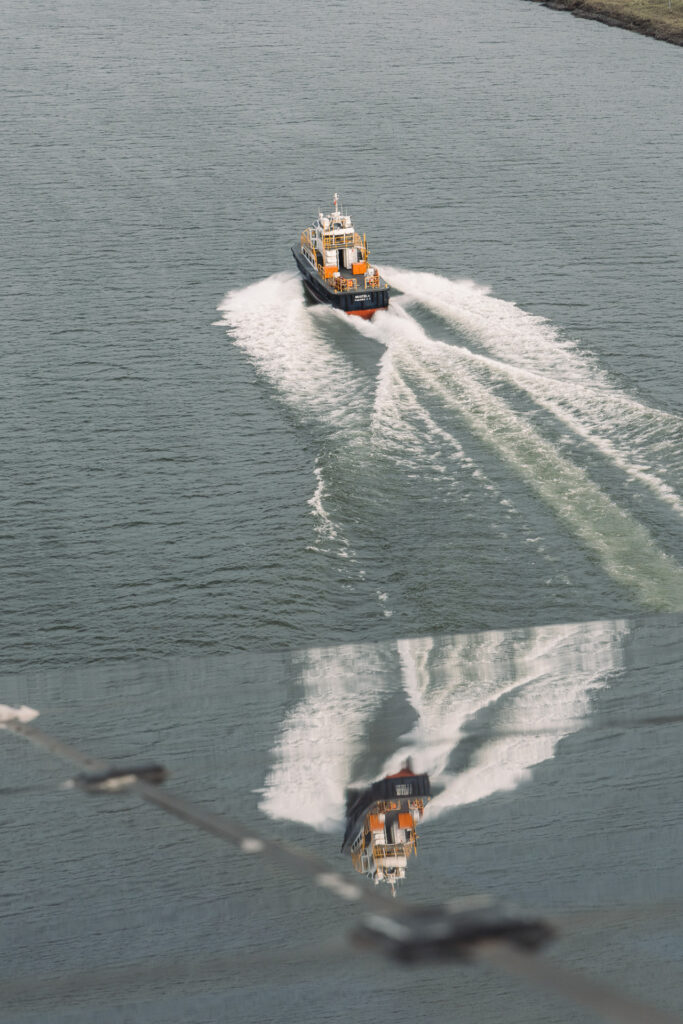
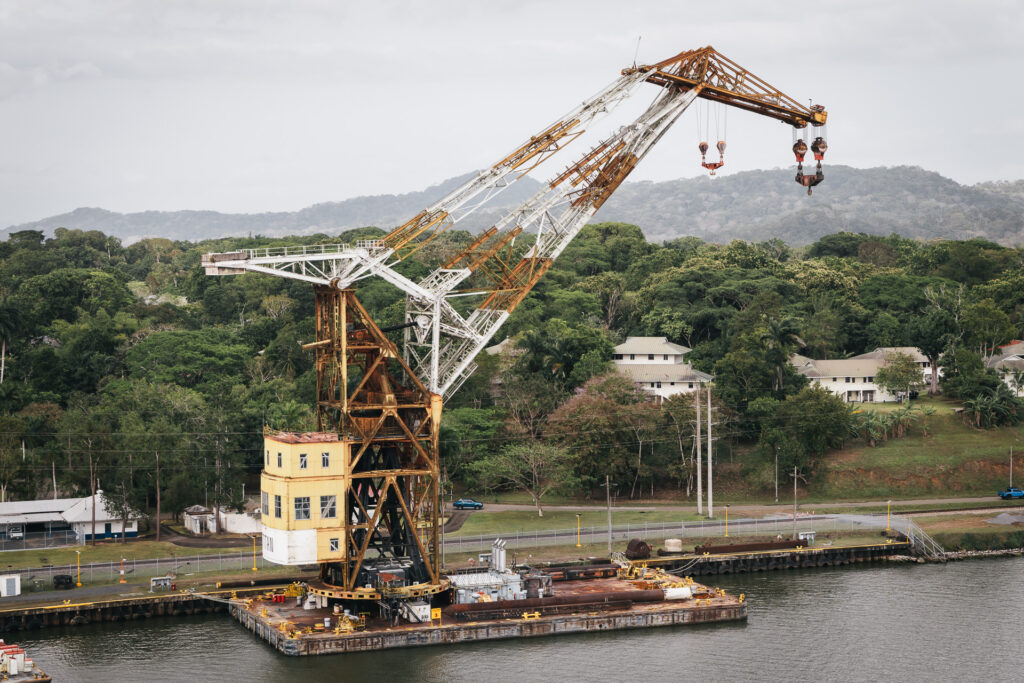
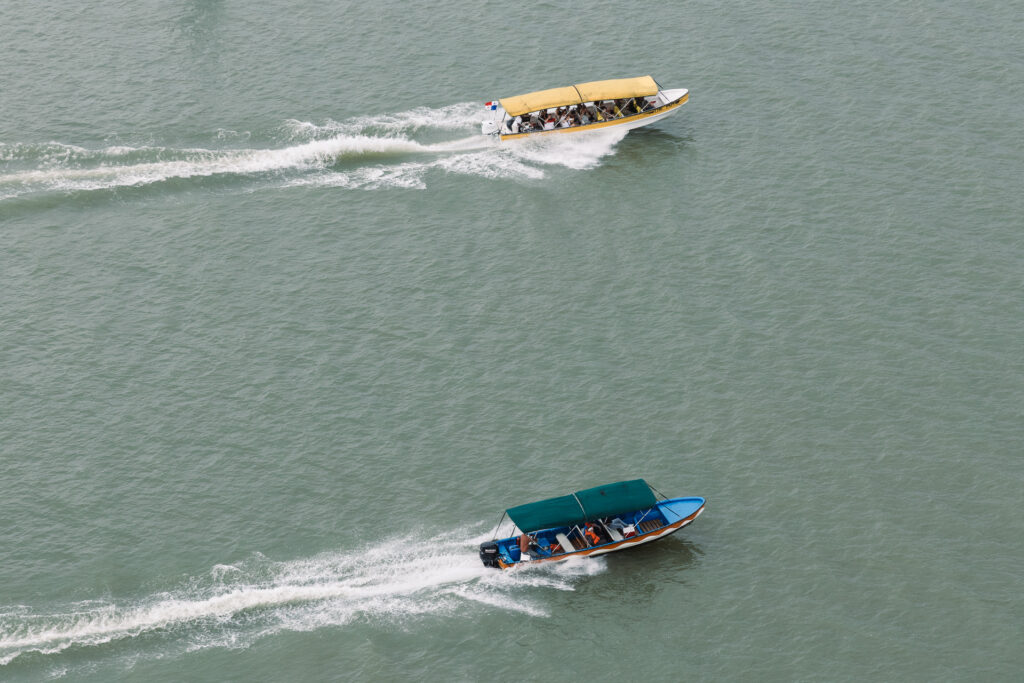
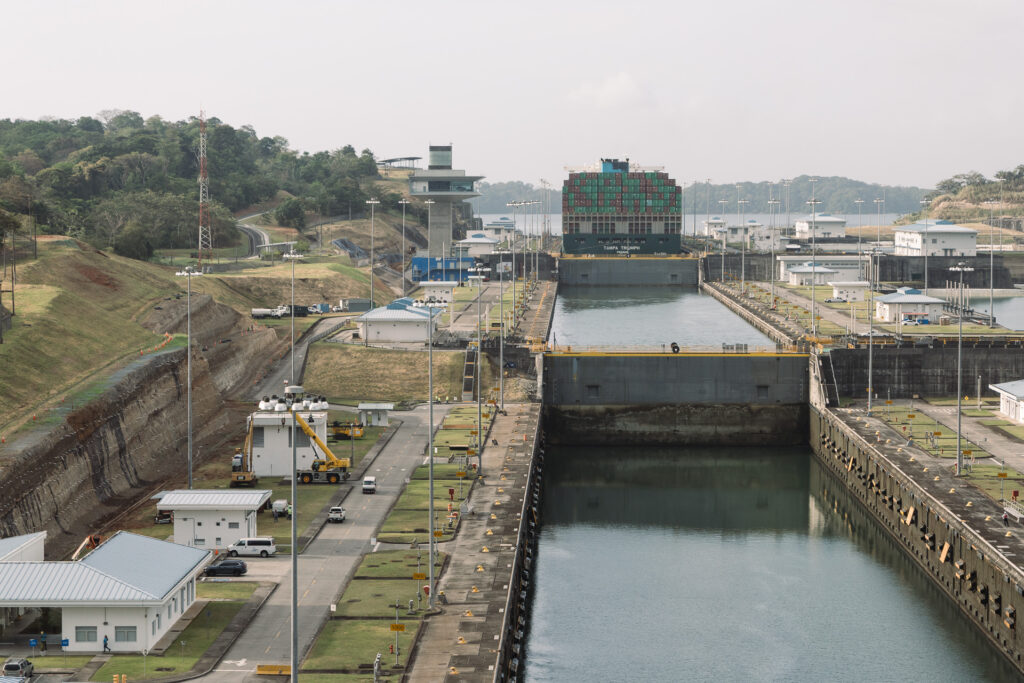
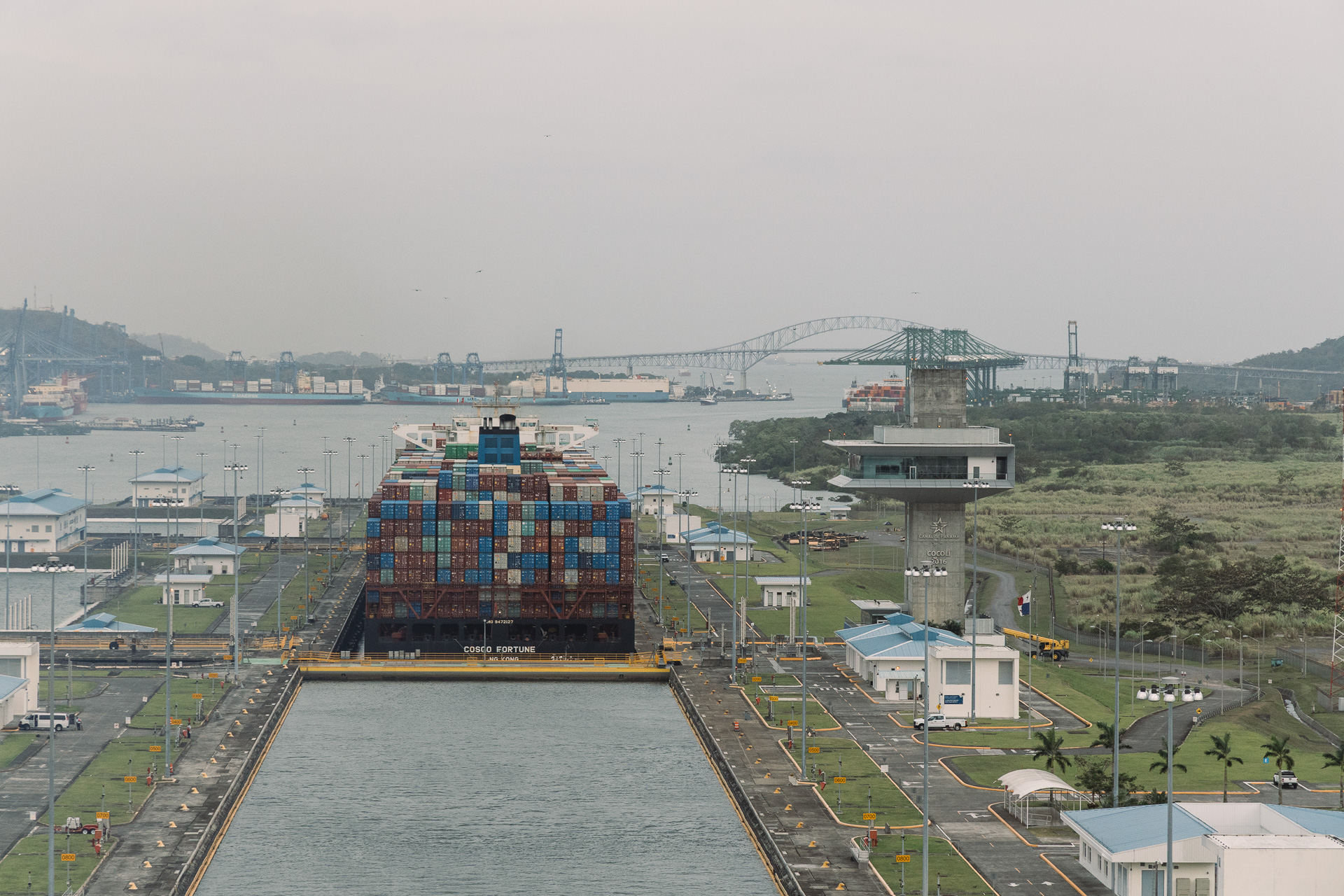
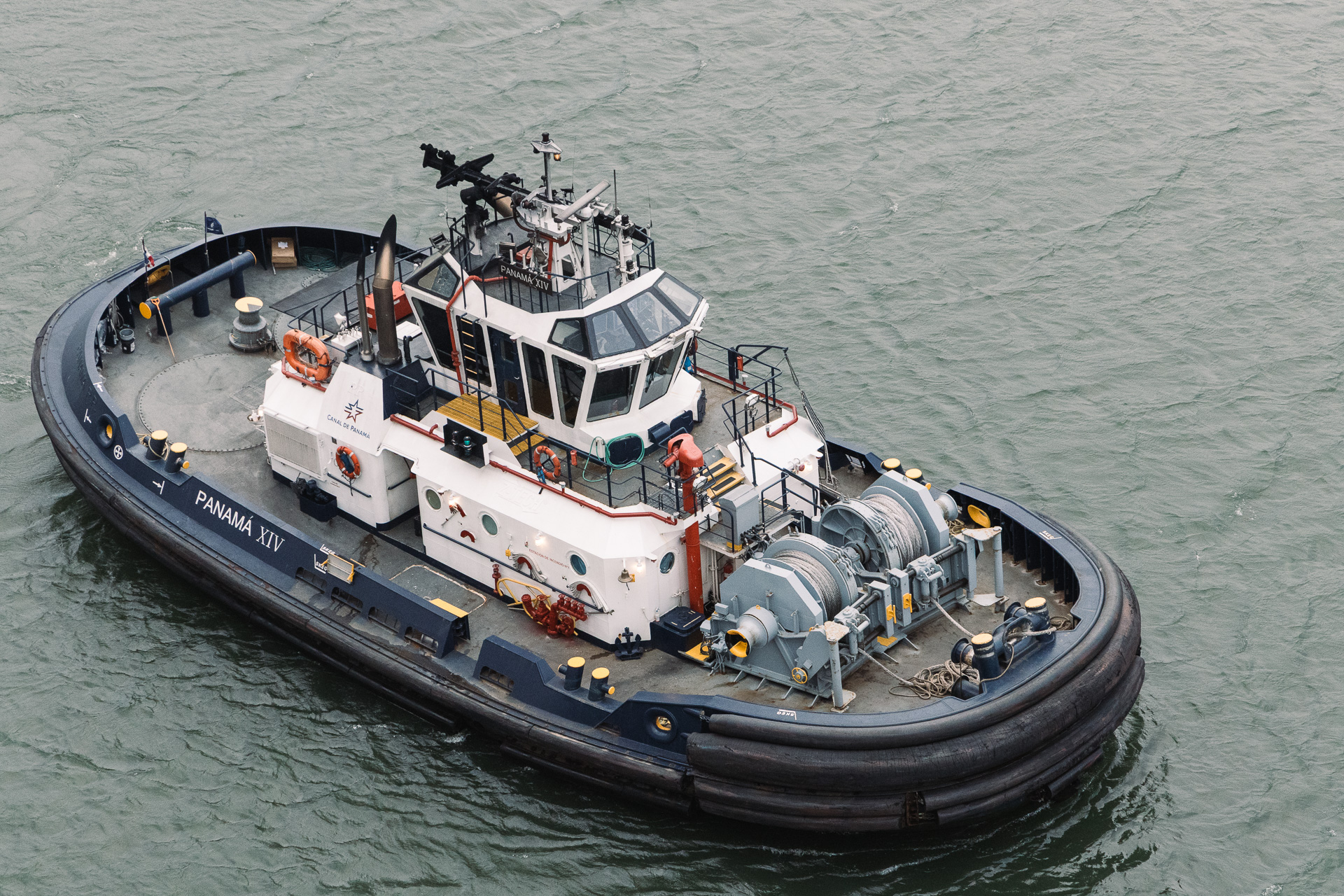


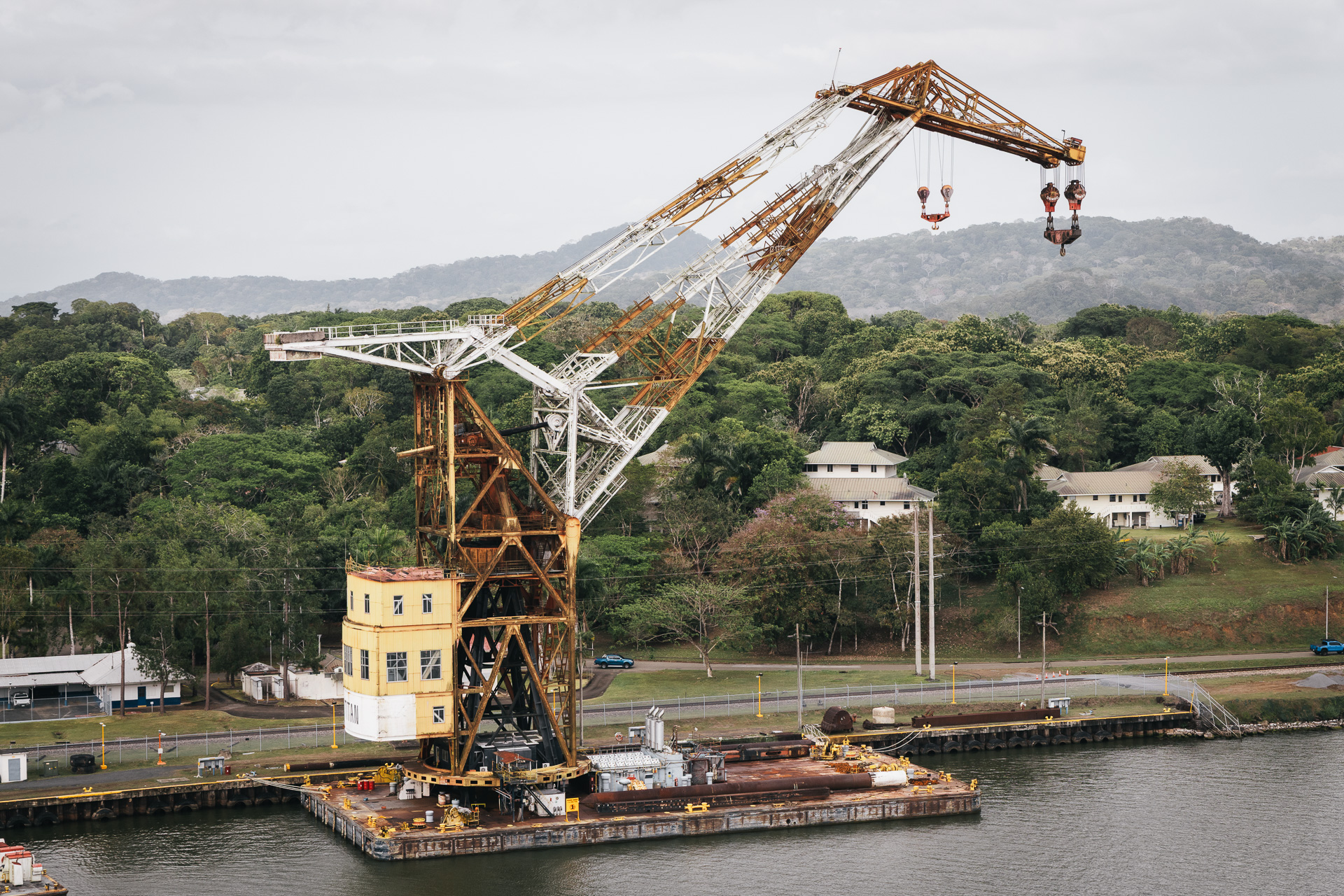
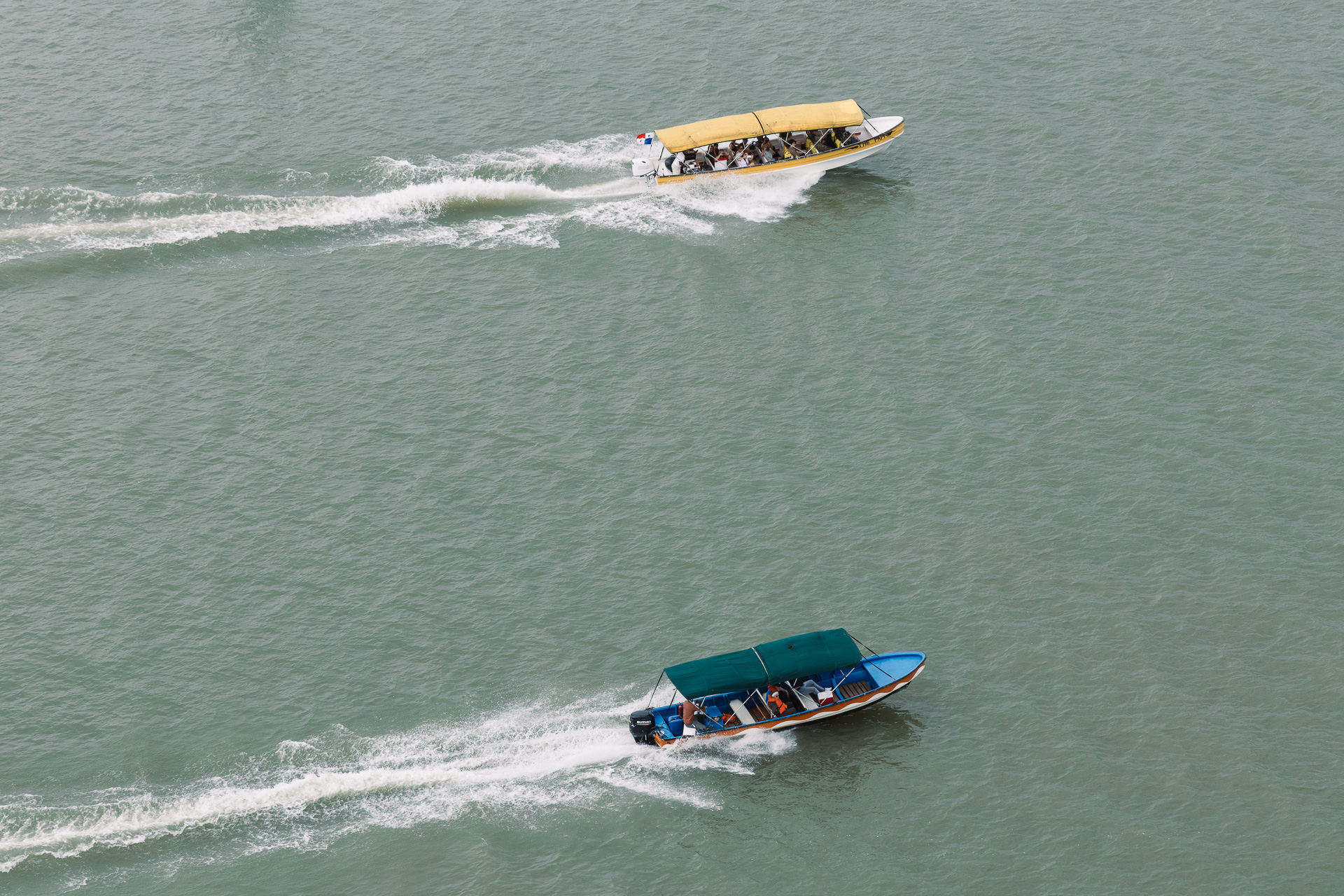

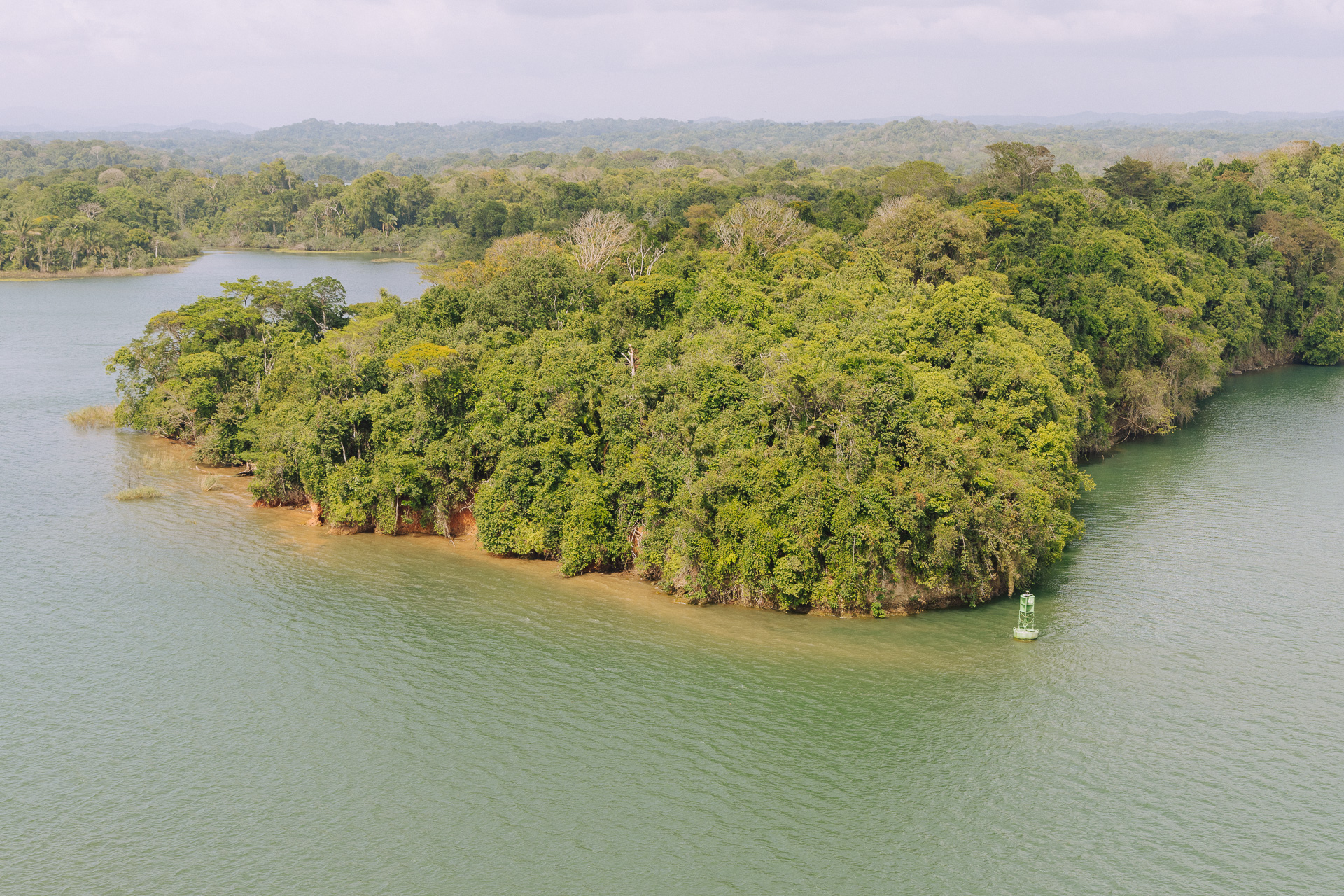

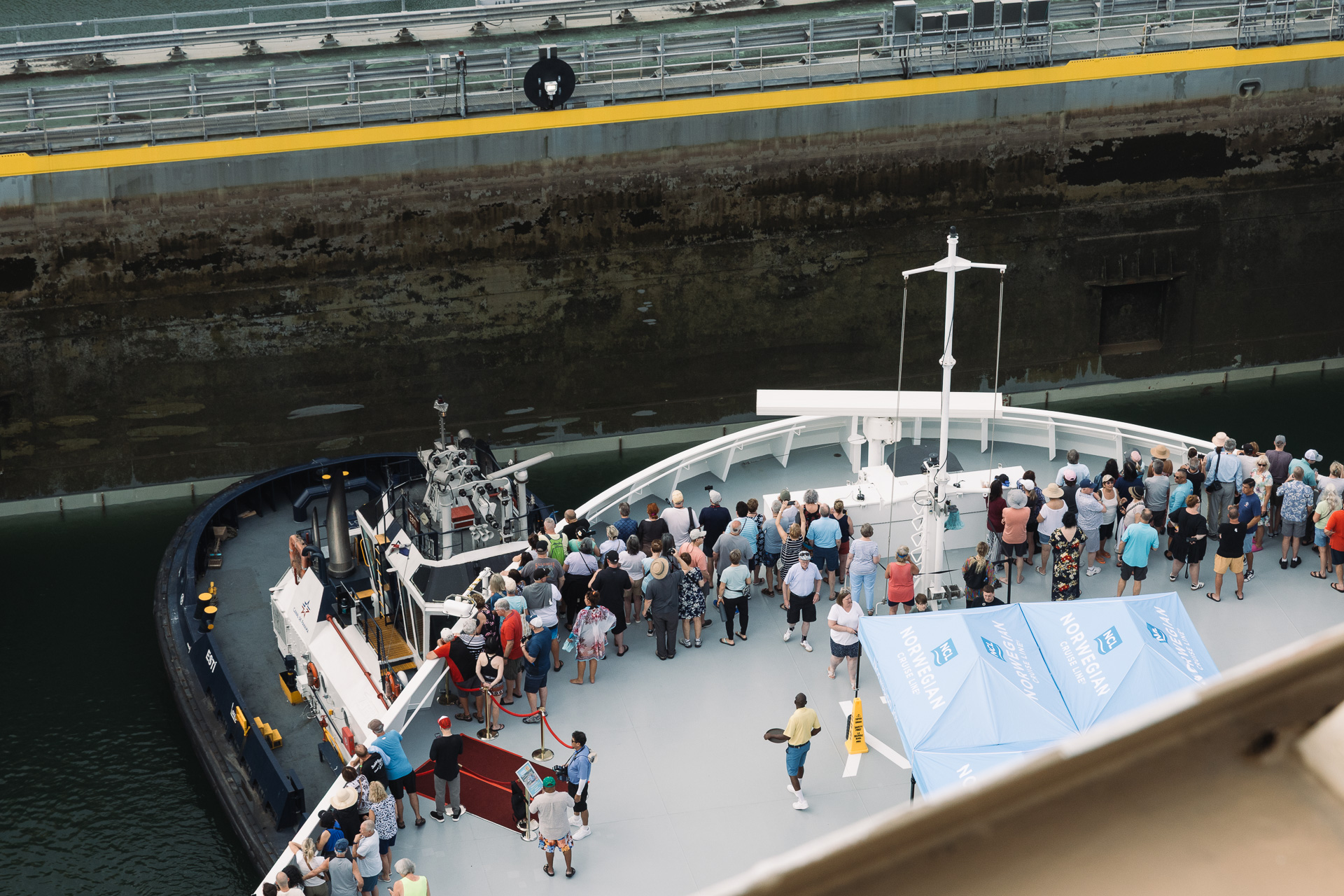



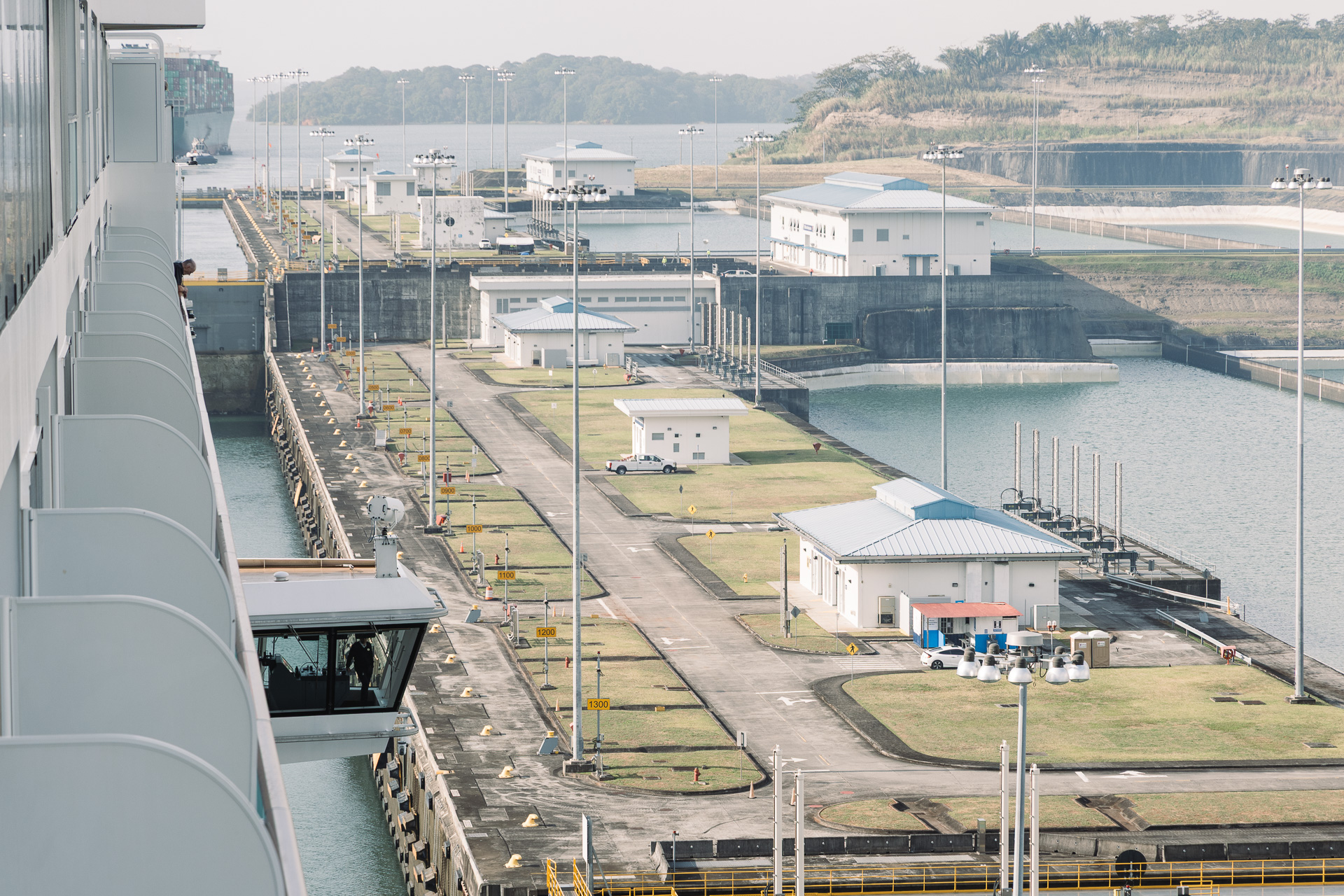
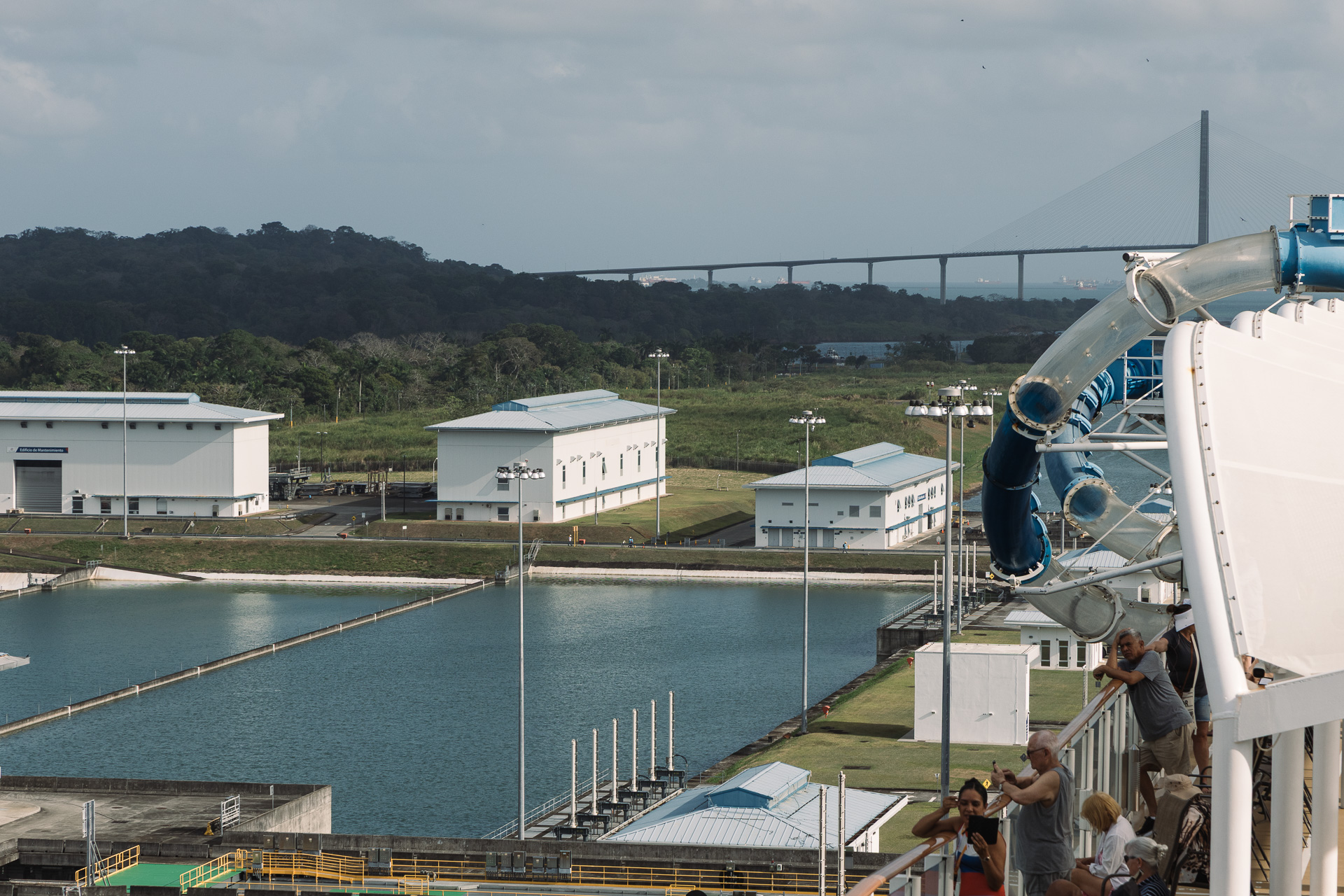
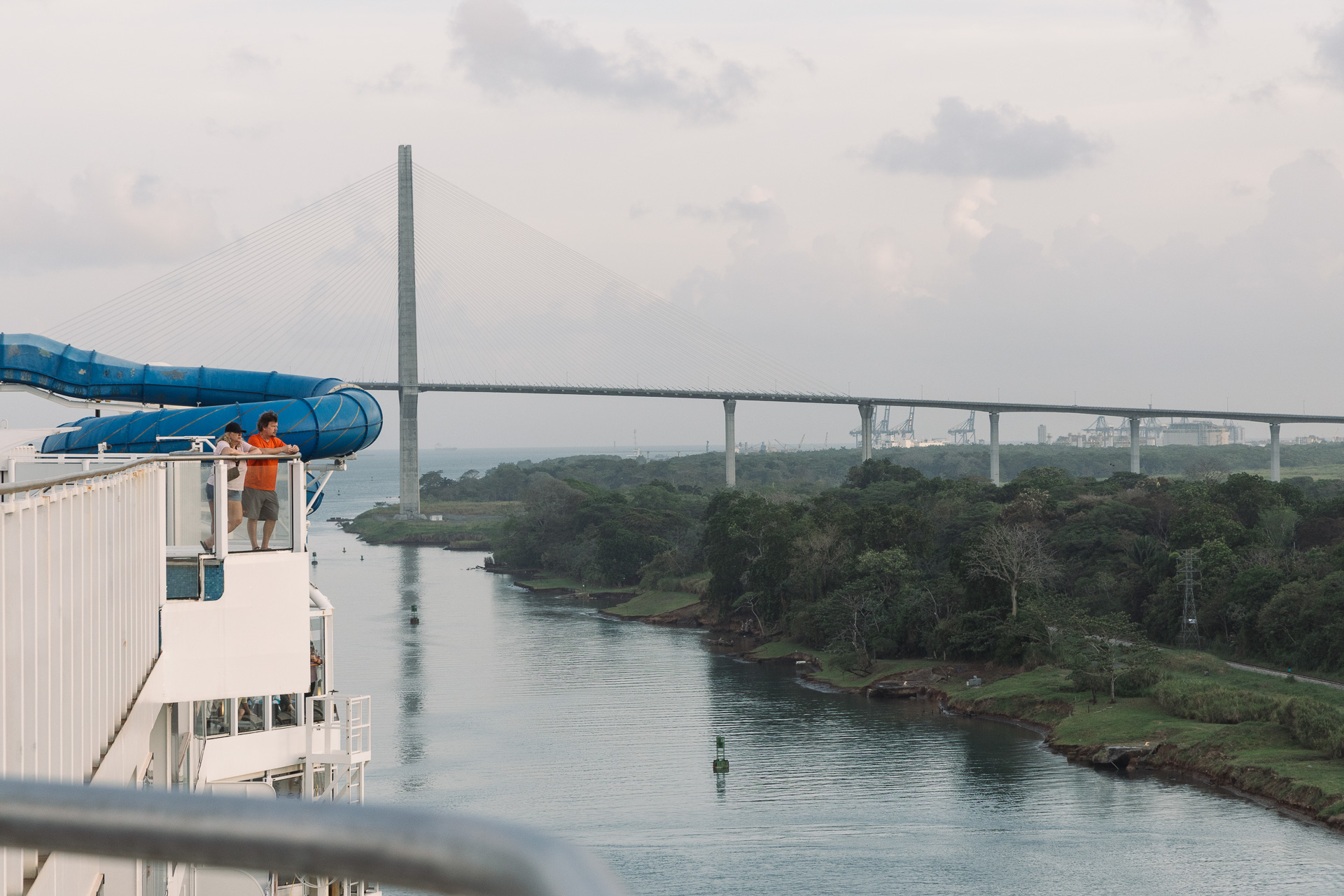










Thanks for this. The Panama Canal is a bucket list trip for me. I enjoyed reading about your experience.
This was awesome, thanks for posting
We were on this cruise too! Your pictures and writing are amazing! Thank you for creating this post to capture all we saw!